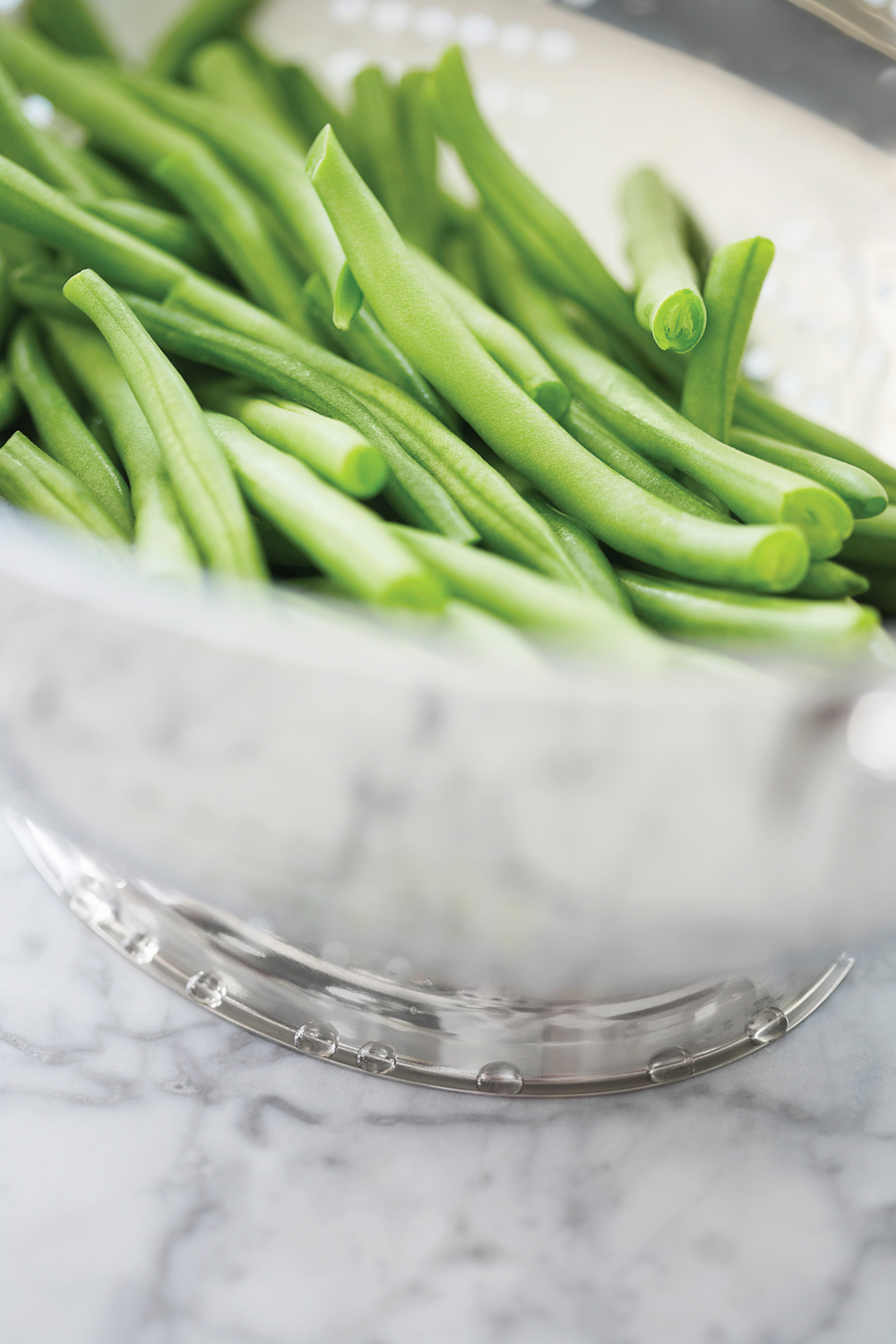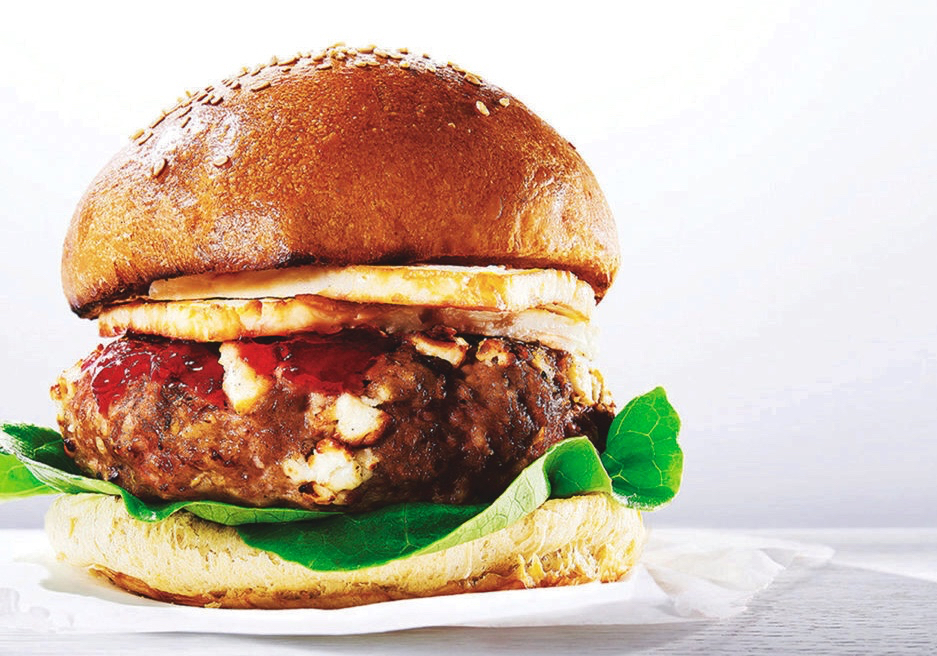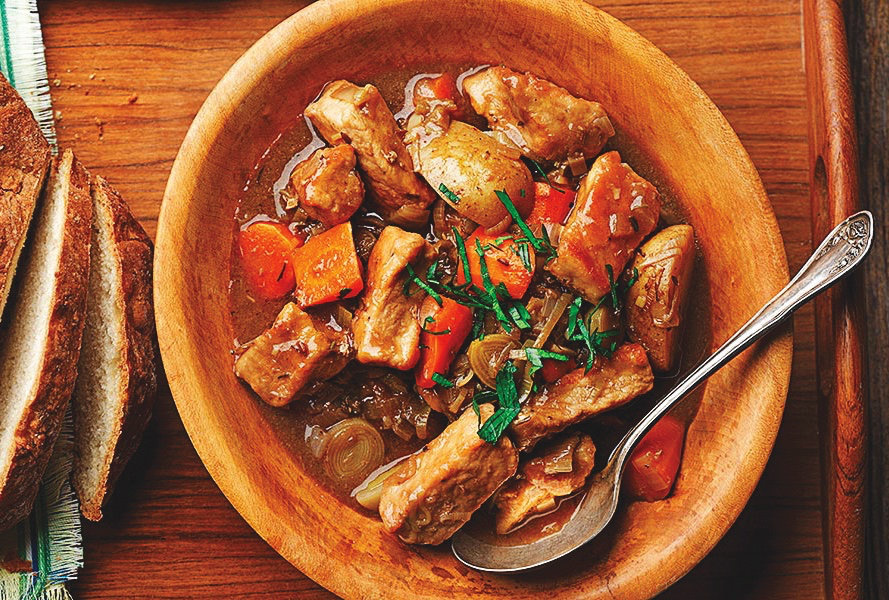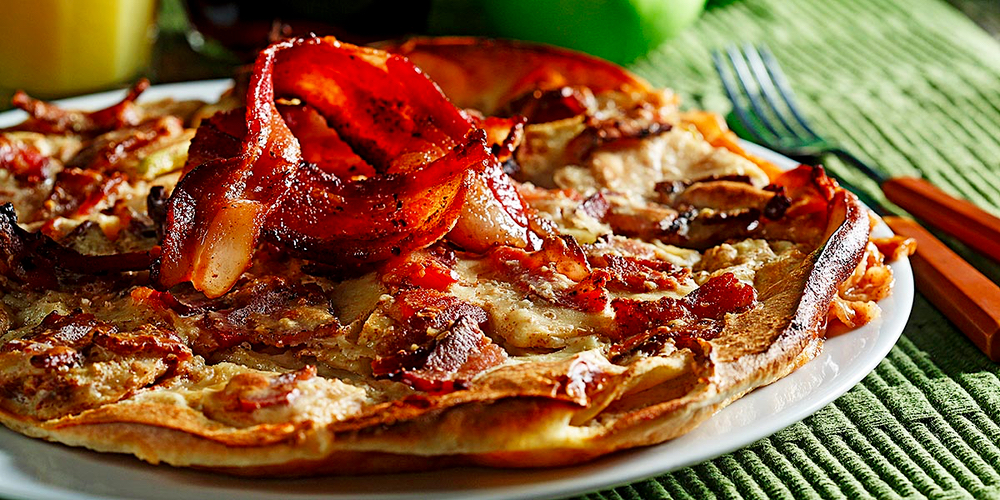If I placed all the green beans I cut as a child from end to end, they’d probably reach from Fargo to Jamestown. Maybe the trail of beans only seems to have covered 100 miles.
I became quite efficient at cutting beans after modifying my cutting techniques. I tried several different knives and finally decided a pair of scissors was my best option.
I guess I learned something about trial and error and the scientific method in the process. When I applied my bean-cutting techniques to the bushels of rhubarb I also cut up, it didn’t work so well.
Read Also

What I learned about Manitoba eggs
Manitoba-laid eggs provide good, locally produced nutrition while supporting local farmers and the Canadian agriculture industry.
Besides cutting the beans, I had helped plant them. When they appeared on the menu, I ate them, too. Maybe my parents were on to something.
Summertime brings opportunities to teach children about growing food and helping with food preparation. Many vegetables are at the peak of their nutritional value and flavour. They’re less expensive in season, too. Fresh radishes, lettuce, beans, tomatoes, peppers, squash and all the other colourful fresh produce items add nutritious variety to summertime menus.
Reaching the goal of eating about 4-1/2 cups of fruits and vegetables daily may seem a little easier with the wide array of summertime produce. With all the farmers’ markets cropping up, you don’t even have to grow produce yourself.
If you’re in the market for green beans, look for blemish-free long, straight pods. They should snap easily when bent.
Store fresh green beans unwashed in plastic bags in a refrigerator. A serving (1/2 cup) has about 20 calories, four grams of carbohydrate and no fat, plus a little vitamin A.
At home, wash beans and other fresh produce thoroughly under cool running water. Don’t use detergent. Beans can be left whole, or cut diagonally or “French cut” in long strips. Nutrients are better preserved with less cutting and less exposure of the surface area to cooking water. Cook beans for about four minutes in a small amount of boiling water and serve. Enjoy green beans in stir-fry, or try the youngest, most tender beans raw.
Here’s a recipe for green beans, where cutting is not required. I wish I had known about this recipe when I was a kid.
Snappy Green Beans With Basil Dip
- 1/2 lb. fresh green beans, washed and stemmed
- 1/3 c. low-fat mayonnaise or salad dressing
- 2 tbsp. low-fat milk
- 1 tsp. onion powder
- 1 tbsp. fresh basil, chopped (or substitute 1/2 to 1 tsp. dried basil, to taste)
Wash beans well and snap off the ends. Mix all ingredients except green beans. Refrigerate until serving time. To serve, place small serving bowl with dip in centre of serving platter. Surround with green beans.
Makes four servings. Each serving (beans and dip) has about 80 calories, 7 grams (g) fat, 6 g carbohydrate, 1 g protein, 2 g fibre and 160 milligrams sodium.



















